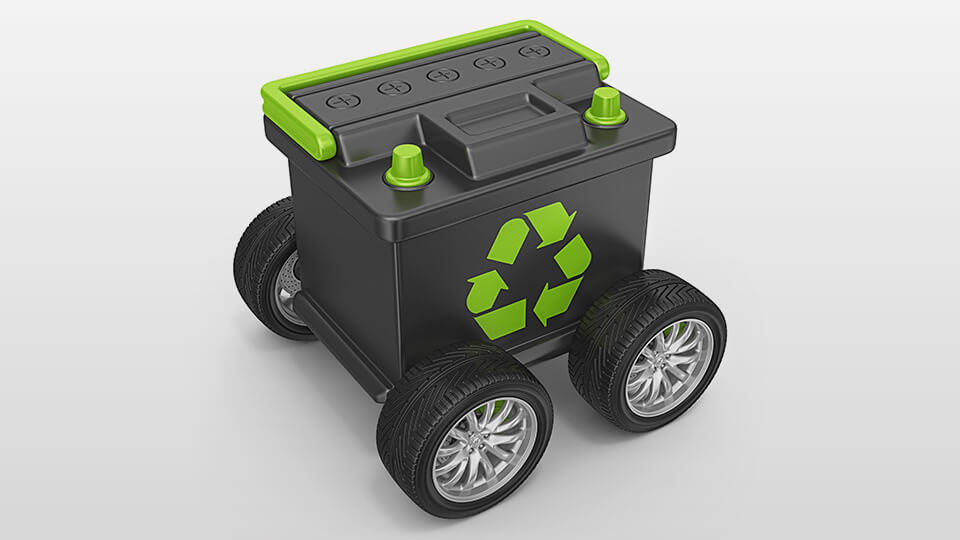Since lithium-ion batteries appeared on the market in 1991 they’ve revolutionised mobile computing, telecommunications and, increasingly, the delivery of electricity at grid scale.
However, we still have a long way to go to create the perfect battery that, among other things, would be cheap, efficient, quick to charge and discharge, capable of storing a lot of energy, and able to be recharged thousands of times.
Metal-air batteries, which have a theoretical energy density much greater than that of lithium-ion batteries, have been put forward as the next big thing in energy storage, but they are yet to fulfil their potential.
A major reason is that the metal oxides that form within the batteries impede ion conductivity.
In other words, they get glugged up.
Now researchers at the University of Nottingham Ningbo China and the Shanghai Institute of Applied Physics have published research on how to prevent this from happening.
Team leader Professor Jiangiang Wang said they achieved this by “merging the merits of a solid-oxide fuel cell and molten metal-air battery”.
In this battery the molten salts dissolve metal oxides, allowing the ions to flow more freely.
A key component of the battery is iron, a cheap metal that helps to keep the costs down.
Destined for large-scale applications
This isn’t a battery that will turn up in your phone or other consumer items.
Anything relying on molten metals and salts is going to be too hot for your pocket.
Rather, these batteries are most likely to be used for grid-scale and renewable energy storage.
In fact, they may be particularly compatible with solar thermal power stations.
Team member Professor George Chen points out that some solar farms already use molten salt for energy storage.
With its ability to store both electricity and heat, the iron-oxygen battery may prove to be more than a one-trick pony.
It remains to be seen if this technology will make it to market and how long these batteries will last if they do.
However, all batteries eventually fail and whatever is happening in battery development now will have a bearing on what the battery recycling industry will look like in five, 10 or 20 years’ time.
Chemically, these batteries appear to be fairly simple, so recycling should be straightforward.
Even so, let’s hope that if these batteries do go into production, they will be designed with recycling in mind.





